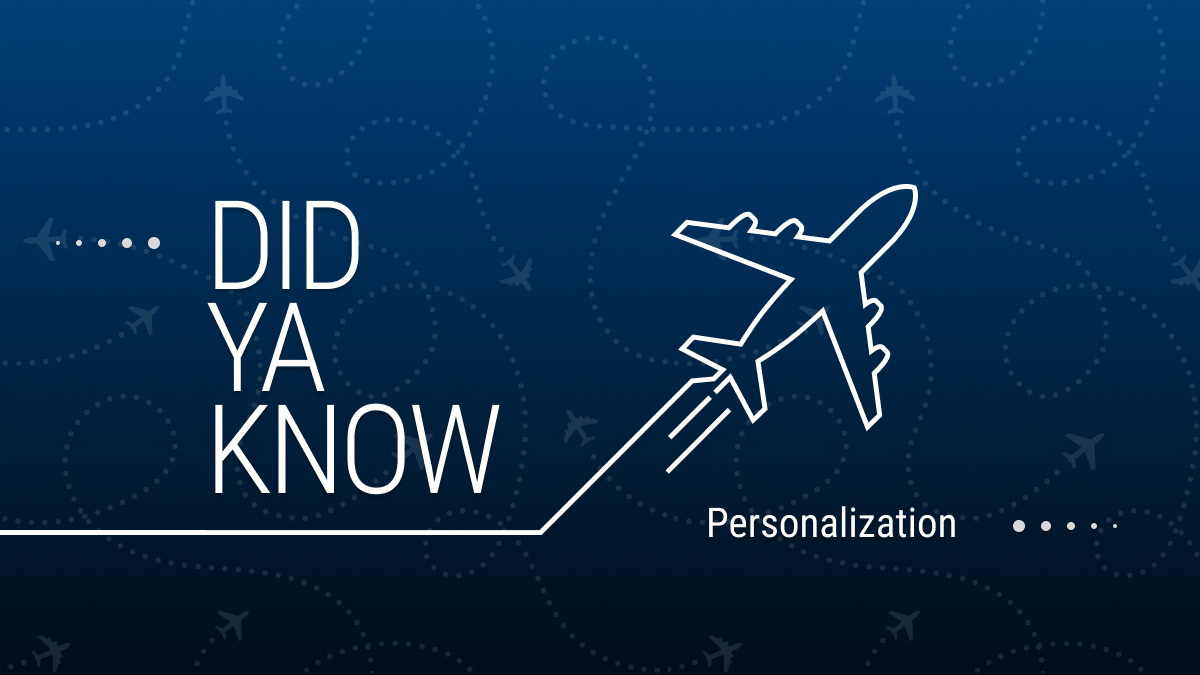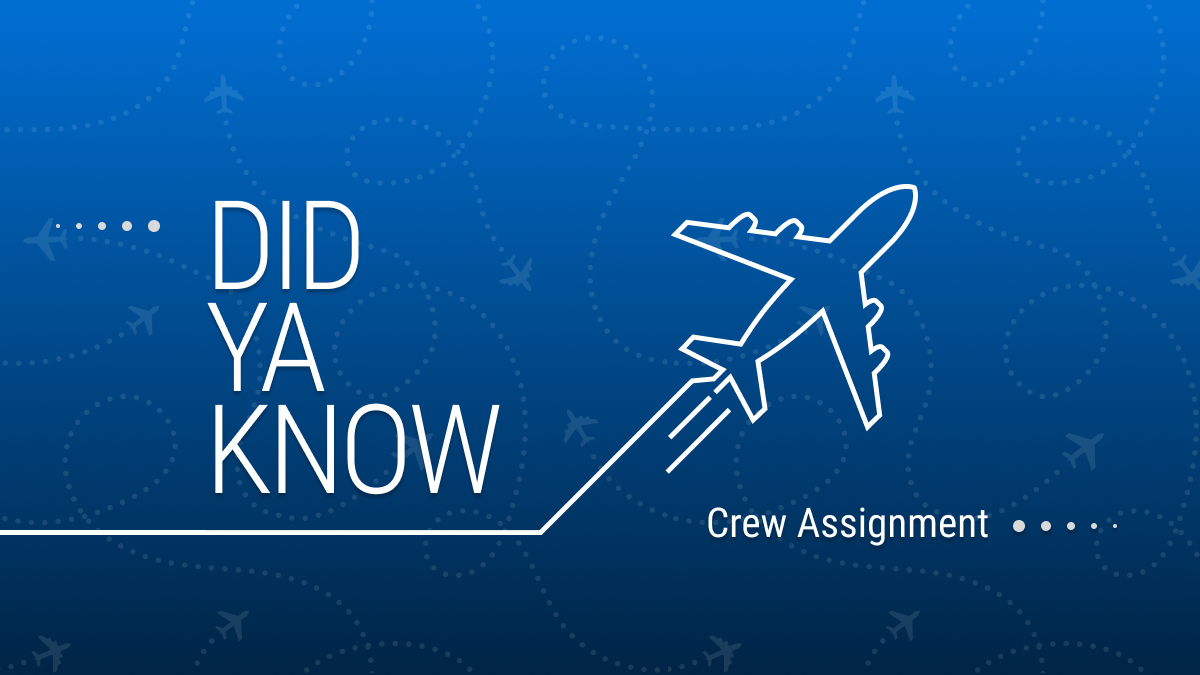Addressing Complexities of Floating Fleet Operations with Automation
Floating fleet charter operators operate under the paradigm that any charter request from any origin to any destination can be fulfilled subject to aircraft availability. This poses some unique challenges such as:
- Many operate a single fleet type (make / model). All confirmations are at the make/model level but never by aircraft tail number.
- Empty leg revenue opportunities do not exist due to the absence of a home base and the fact that when a price quote is generated, it is not associated with an aircraft tail number.
- Many booking requests are within 3-weeks of the departure date. However, there is no guarantee that an aircraft and crew will be available at the departure city on the departure day. A risk-adjusted price quote must be generated even though the confirmed booking must be fulfilled on the departure date.
- Some booking requests may be made weeks or months in advance, adding to the complexity of not knowing where all the aircraft are in the system.
- Operationally, in most cases, fulfillment on day of departure will require aircraft repositioning.
- Crew may have to deadhead to the customer pick-up airport on a commercial jet. The cost model should include a default deadhead cost for each collection of airports.
- Services to airports may be restricted.
A scalable solution that overcomes the complexities of the floating fleet operation consists of two discreet steps. First is the process to generate a risk-adjusted price quote in real time when a request is made by a customer. The second is the fulfillment of all customer requests on the day of departure at minimum cost to the charter operator to preserve and protect margins.
The Risk-Adjusted Price Quote
When a request is received for a charter flight to carry passengers from an origin city to a destination city, a price quote must be generated. This is required when the request is made two days before departure or 2 months before departure. Since availability of aircraft on a future date is not known with certainty, we introduce the concept of a risk-adjusted price quote. This is based on an estimate of the composite availability for a cluster of airports of which the departure airport is a part. Airport clusters, generated with a distance-based unsupervised learning clustering model, are mutually exclusive and collectively exhaustive. Historical availability and future availability as observed from the reservations logs and unused aircraft in the system are used to estimate the composite availability. Additional factors to be considered are the minimum and maximum reposition costs within the airport cluster and the network to arrive at a conservative and competitive risk-adjusted price quote.
Fulfillment of Confirmed Requests on Day of Departure
Customer fulfillment is the process of identifying an aircraft on the day of departure for the mission that is the least expensive for the charter operator to maximize profit for the transaction. Selecting the least expensive option maximizes the revenue potential, which is the difference between the risk-adjusted price quote and the actual cost of fulfillment. Since the bookings made by customers may depart at different times of the day (morning, afternoon, or evening), least cost aircraft routings should be identified for an entire day of operations.
A least cost solution for fulfillment of customer requests on the day of departure can be modeled as a network optimization problem with the underlying objective of selecting available aircraft that may have to be repositioned for customer pickup at the minimum cost considering all departures in a day. An important consideration is to not only consider the reposition costs but also include the cost of the customer segment when the performance characteristics of available aircraft in the fleet vary. The model recommendation is a set of optimal aircraft movements in the network for fulfillment of customer requests on the day of departure. The charter company’s customer service representative will make the final decision on the recommended aircraft for the customer’s mission.

Ben Vinod – Co-Founder and Chief Operations Officer






